Dual Recs & EL84s
What is the major difference between the Triple Rectifier 3-channel and the Dual Recto 3-channel?
Without getting overly technical the main differences are as follows: the Dual Rectifier uses four (4) 6L6 power tubes where as the Triple Rectifier uses six (6) 6L6s. As the model names indicate, the Dual Rectifier uses two (2) rectifier tubes and the Triple Rectifier uses three (3) rectifier tubes. The other notable difference would be the transformers. As we are often asked which model we prefer, I would recommend the Dual Rectifier over the Triple Rectifier and the main reason is the difference in transformers (especially the output transformers).
I was reading an article recently by the late/great Ken Fischer and he said that when it comes to Marshall amps with EL34s, it’s a good idea to change the stock 220K bias feed resistors to something lower, like 100K. This apparently helps prevent EL34s from wearing out prematurely. I had also read this same advice in Kevin O’Connors’ TUT1 book. I just bought myself a 1983 Marshall JCM800 2204 last week and had a look inside the chassis – it turns out that my amp does have these two 220K bias feed resistors. Should I replace those with a pair of 100K resistors the next time I go and retube the amp, or will something like JJ Tubes be fine with these stock 220K bias feed resistors?
Let me preface this by saying God bless Ken and may he rest in peace. Both gentlemen are technically correct in that it will lengthen the life of your power tubes. Should you change the 220K bias feed/splitter resistors to 100Ks? More than anything else, it comes down to personal taste (can’t stress that enough); while pages can be written on this topic, we do not have the necessary room with which to accommodate an in-depth technical explanation regarding how this impacts the phase inverter, the power supply, etc. So, suffice to say, we will only be scratching the surface.
Kevin’s books are fantastic and I highly recommend acquiring them, as they always contain a great deal of knowledge, required formulas, etc. and in my opinion they are well worth the investment. Authors presume that the information provided will be put to use through experimentation (i.e. trying various values, etc). In doing so, you will inevitably discover a wide variety of things that are not easily explained in books – in this case, changing bias splitter values – as a great many of these things directly impact the “feel” of an amp as well as the tone. Tone is subjective, therefore it is extremely difficult to describe the effects that various changes can have on tone as well as the feel of an amp.
Understanding how amps work (i.e. designing, modifying existing designs, repairing, etc.) is all about hands-on experience and nothing will ever take the place of spending countless hours on the bench experimenting. After all, it’s all about how the amp sounds and feels in the end, right?
Getting back to answering your question – yes, you can change the bias splitters to 100Ks, and in theory you can use any value between 82K to 220K, but of course it depends on the circuit design as whole. Does lowering the values from 220K affect the tone you presently have? Yes it does. Touch response/dynamics are altered, highend frequencies are attenuated (a high end roll off), headroom is effected, etc. One of the single most important things I can hope to impress upon you is that everything impacts tone.
Generally speaking, all JCM800s came from the factory with 220K bias splitters, as do nearly all amps that use the same basic push-pull power supply design as the JCM800 (far too many to list).
If it were me, I would leave the 220Ks in place, as I personally feel they sound and feel better than 100Ks. In addition, you may well have a JCM800 that runs on lower plate voltage and if so, my guess is if you changed them to 100Ks it would sound very muddy and undefined. But once again, tone is subjective so let your ears be the final determining factor. Good luck and have fun experimenting!
Have you ever converted Marshall (JCM, TSL, DSL) amps from EL34s to 6L6s?
Yes we have, and with regards to the JCM800s, some players prefer it. With regards to the TSL/DSL series, I do not think that it’s worth the while. What I would recommend is going with a larger bottle EL34 such as the EL34B/Ruby EL34BSTR (same tube); it has more bottom end than the typical EL34 and has the open top end much like a 6L6.
Trace Davis
President/Founder of Voodoo Amplification Inc.
www.voodooamps.com
www.myspace.com/voodooamps
45 Atwater Road, Lansing NY 14882
Tel: (607) 256-0465 Fax: (607) 330-0272
Email Trace at: trace@voodooamps.com


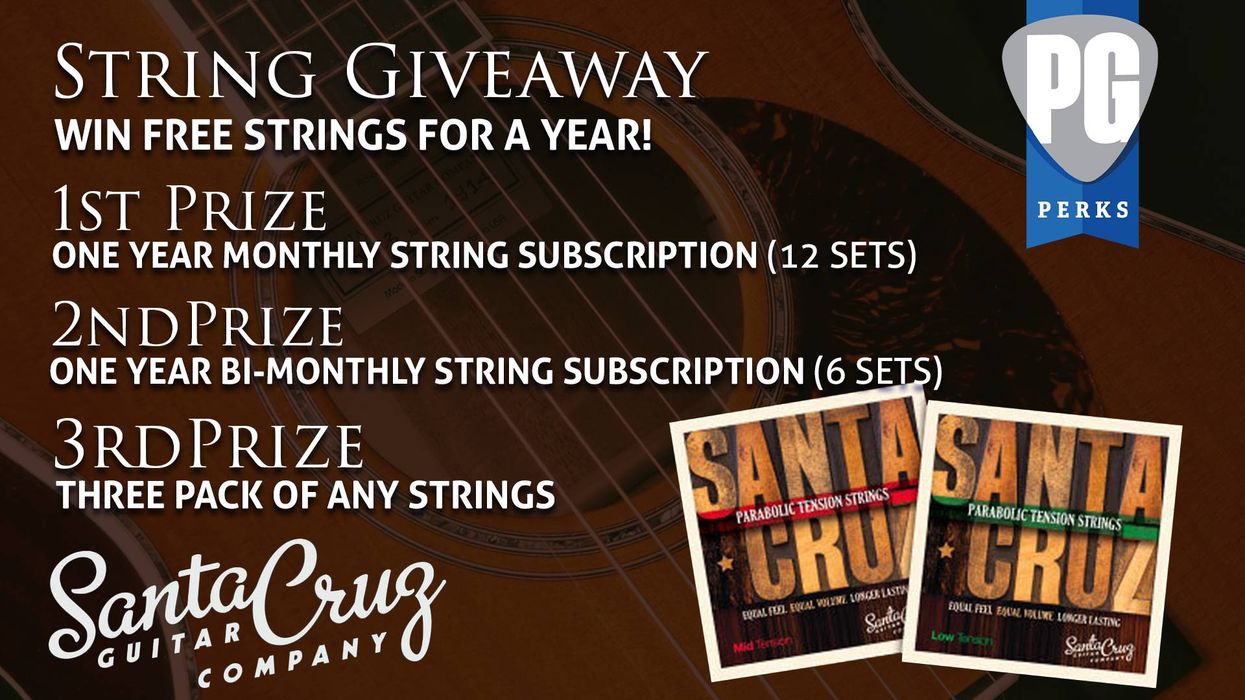









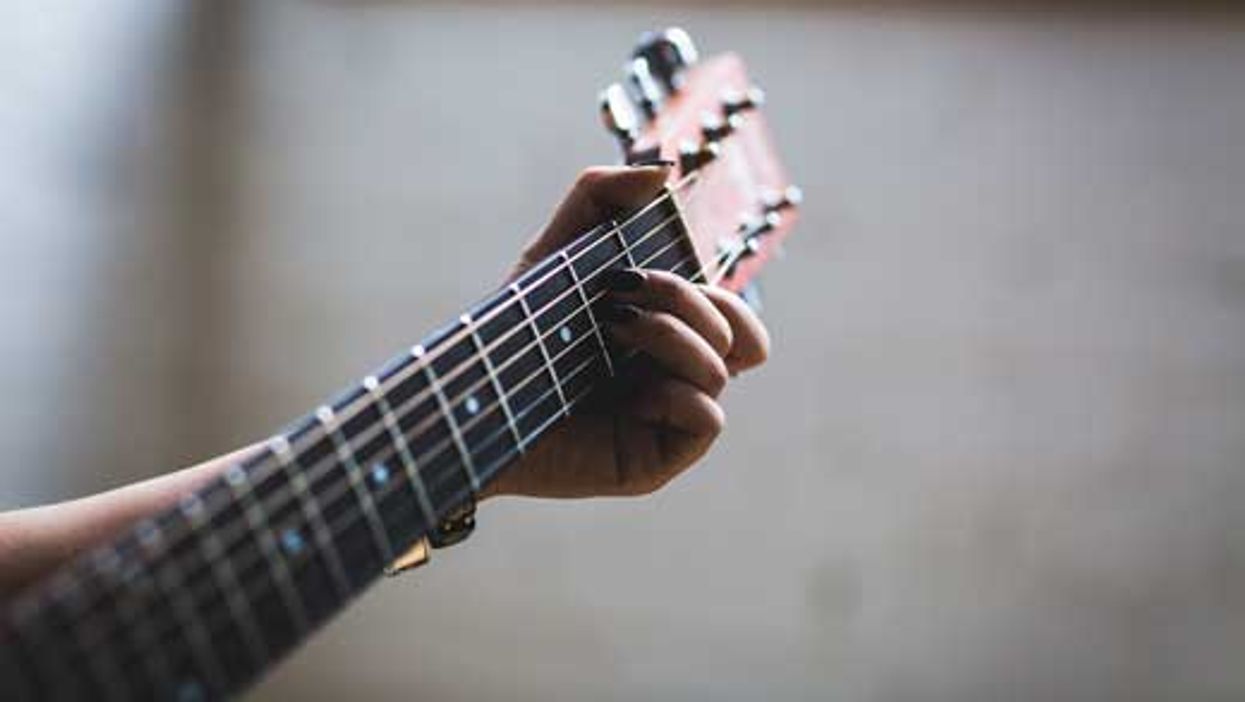
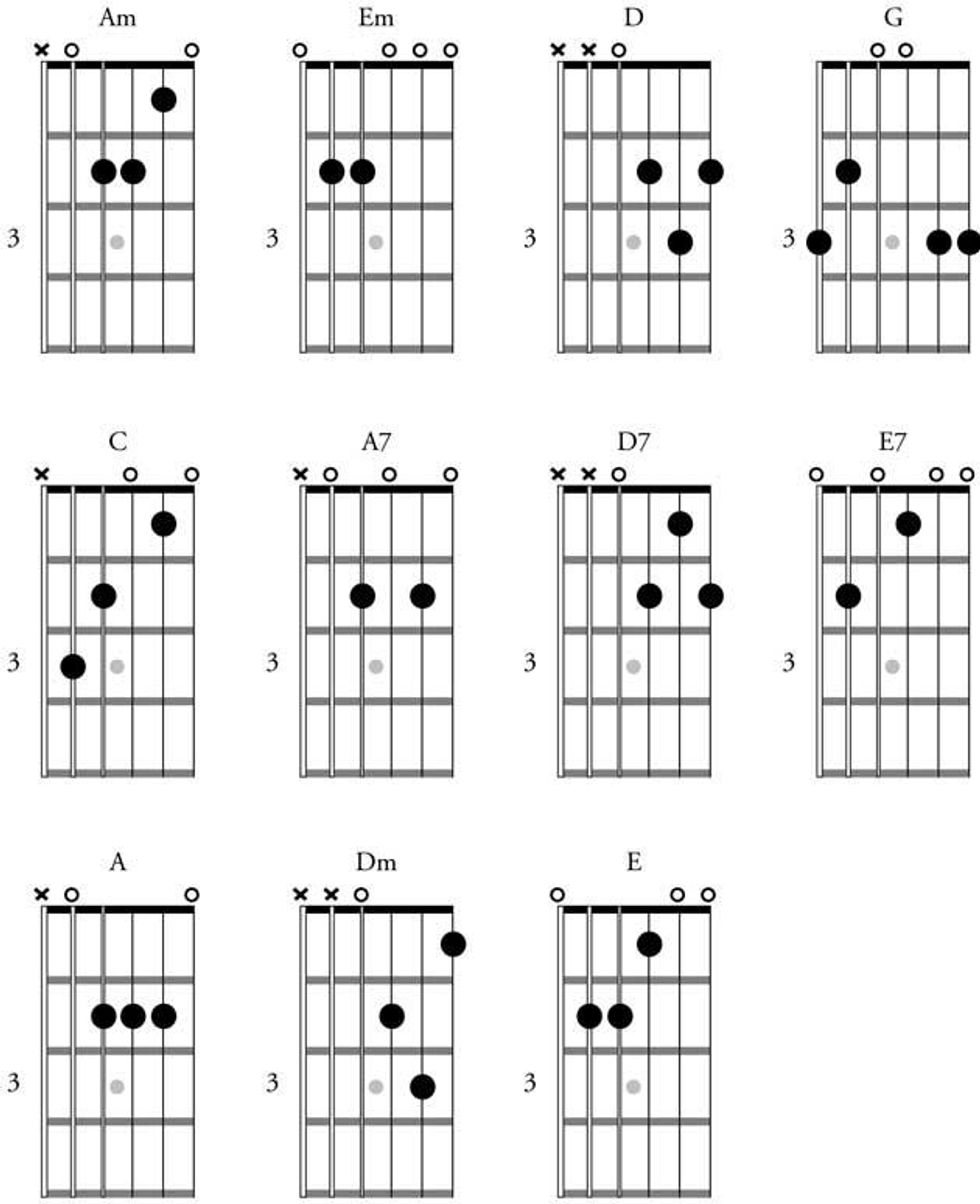
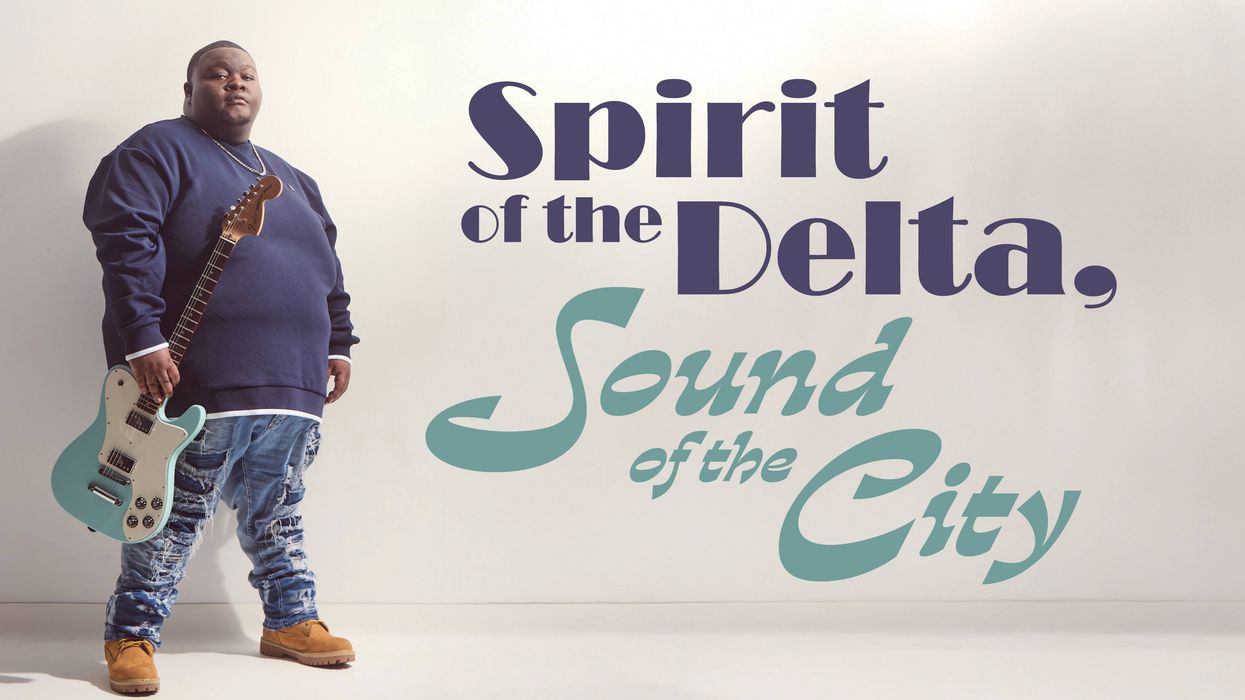
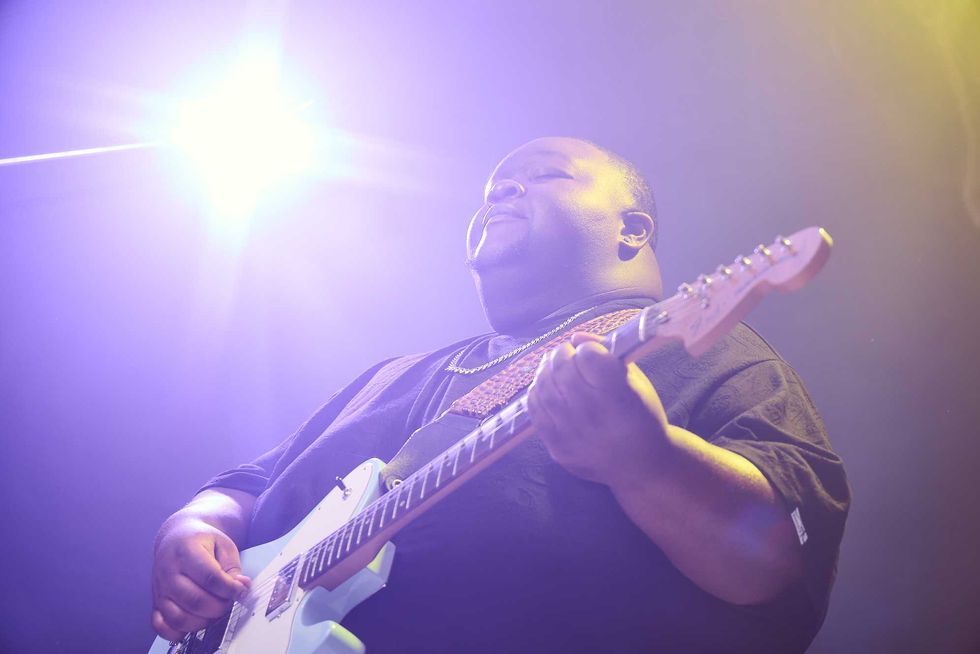
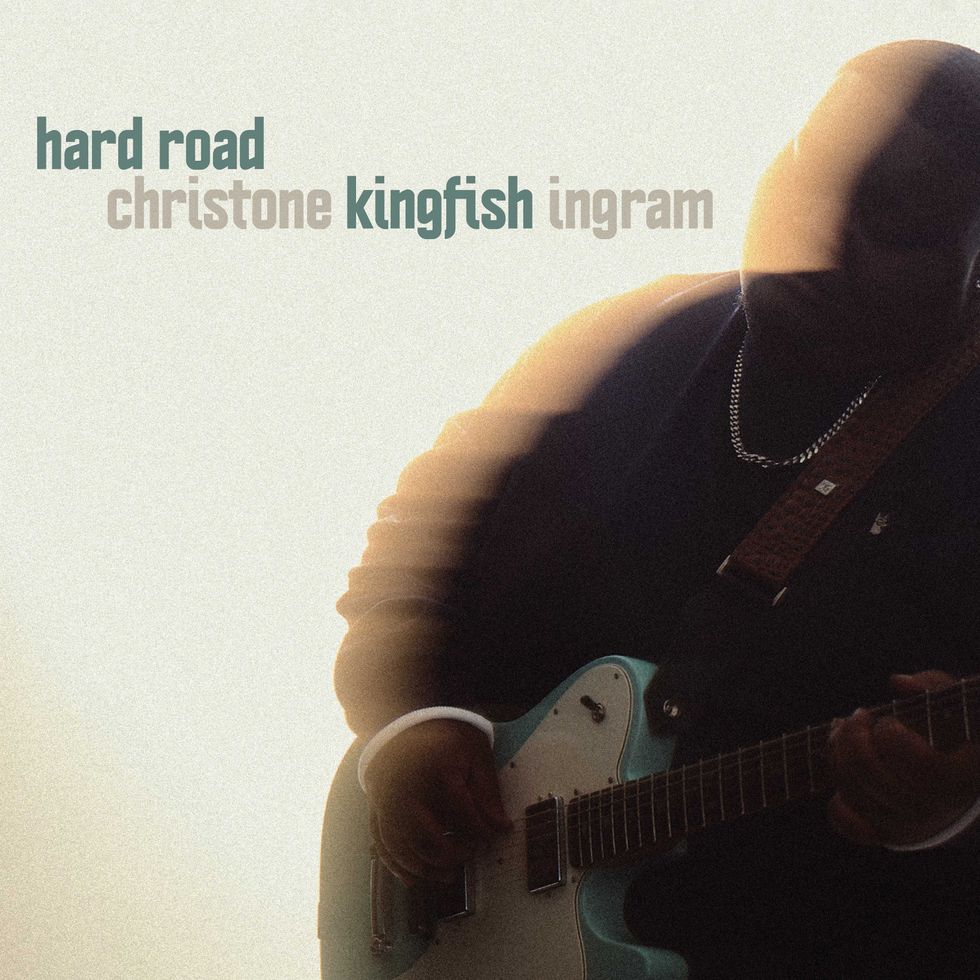
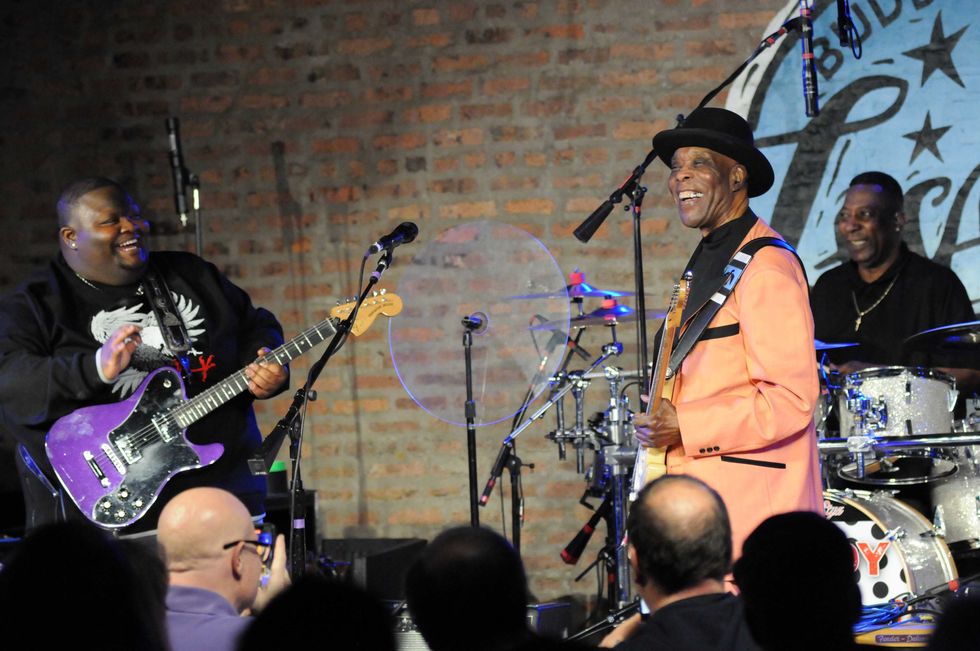
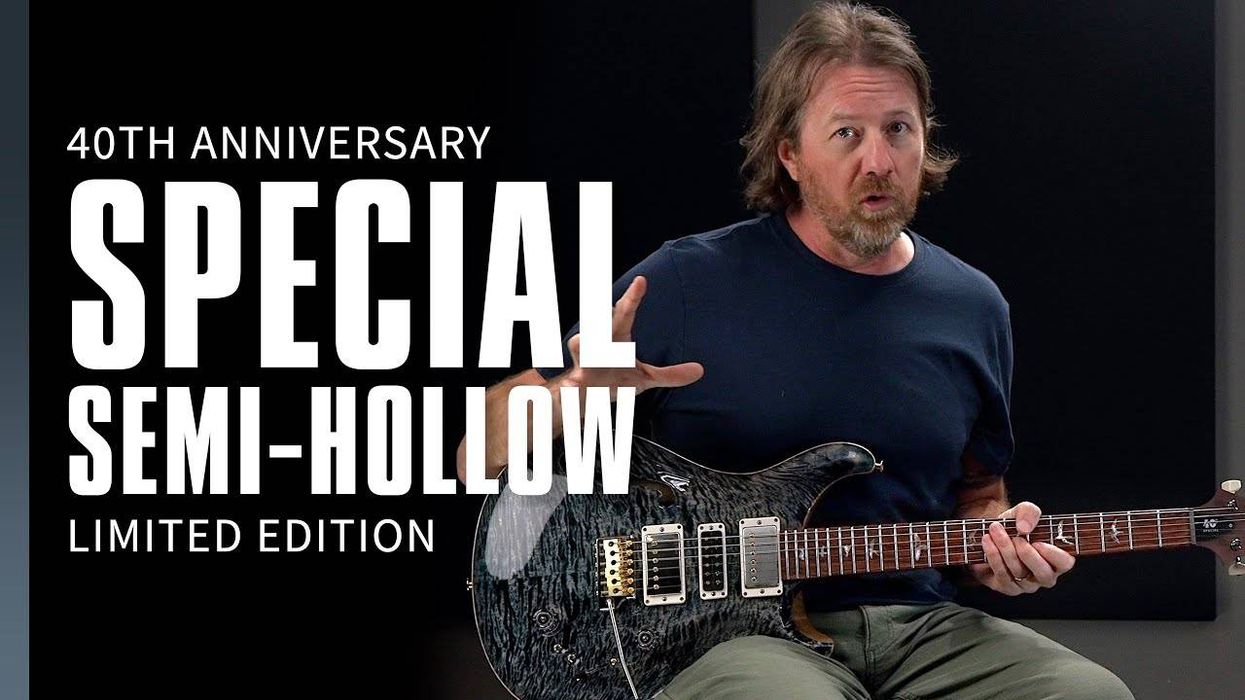
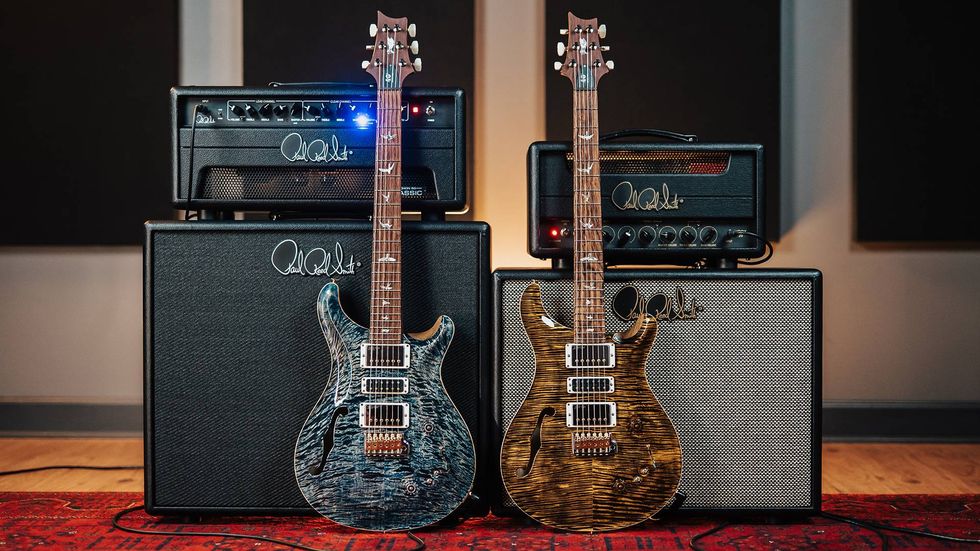
![Rig Rundown: AFI [2025]](https://www.premierguitar.com/media-library/youtube.jpg?id=62064741&width=1245&height=700&quality=70&coordinates=0%2C0%2C0%2C0)












 Shop Scott's Rig
Shop Scott's Rig